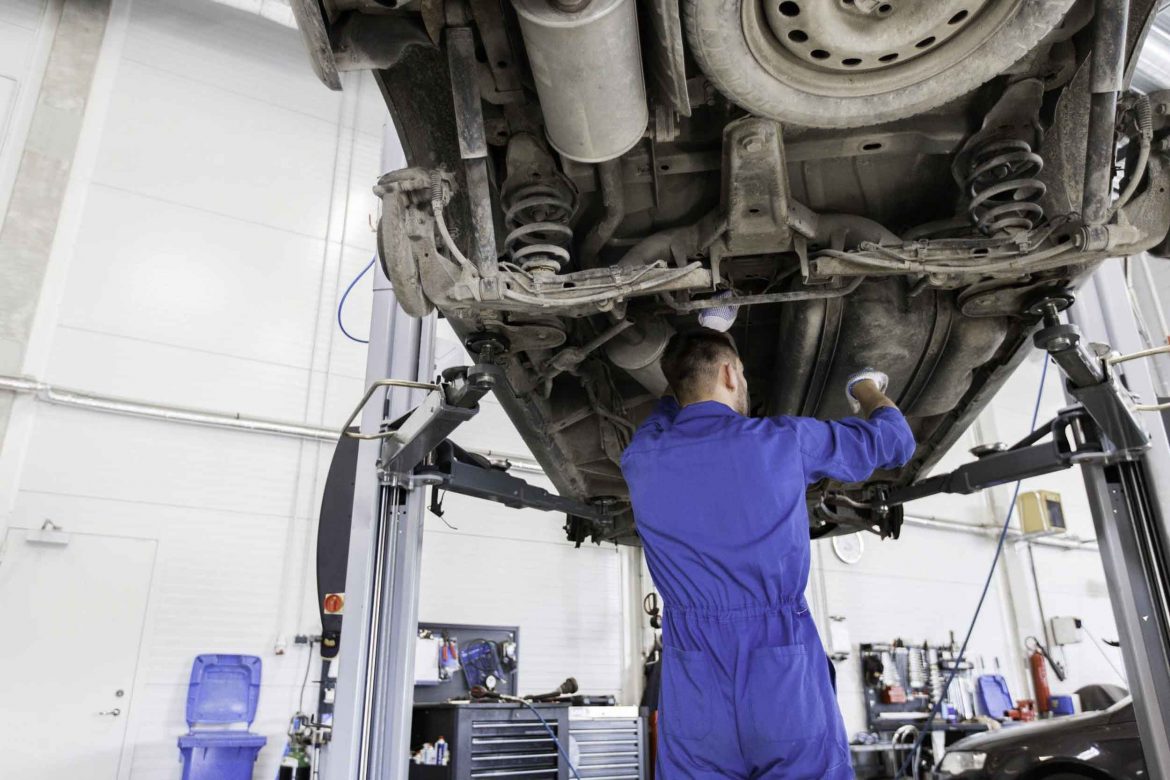If you own a vehicle, knowing how to maintain it properly can save you a lot of time, money and heartache. Whilst it can be tempting to ignore niggling issues until your car breaks down or fails to start, this will leave you with much bigger problems to deal with. As well as being left without any form of transport, repairing major problems or replacing an engine can be costly.
With simple preventative car maintenance measures, however, you can keep your vehicle in tip-top condition for as long as possible and save yourself a significant amount of money in the process. Basic car maintenance is surprisingly easy when you know what you’re doing, so take the time to learn how to preserve your car and you’ll be able to prevent a myriad of problems.
1. GET TO KNOW YOUR VEHICLE
Every vehicle manufacturer is different, and every model varies too. Just because you’ve owned a Honda before, don’t assume that your Accord is going to operate in the same way as your Civic. To make things even more complicated, newer models can vary quite a lot from older ones, so your 2019 Toyota Corolla may be quite different from your older 2011 Corolla!
Get to know your car by reading the owner’s manual….and then read it again. The right maintenance measures can vary from vehicle to vehicle, but your owner’s manual will give you all the information you need in order to care for your car properly. As well as telling you how often the oil should be changed, your owner’s manual will provide key information regarding the replacement of timing belts, filters, brake pads, etc.
Equally useful, your owner’s manual will tell you how to perform these basic checks too! Many vehicles have increasingly complex codes and systems to access the engine and surrounding parts, so check your owner’s manual before you carry out any maintenance work.
2. INSPECT YOUR CAR REGULARLY
If only look at your engine and tires once or twice a year, you aren’t going to recognize when something is amiss. By inspecting your vehicle on a regular basis, you’ll soon learn to pick up on anomalies and abnormalities and have time to act before a serious issue develops.
Driving on underinflated tires can increase the risk of road traffic accidents, so be sure to check them at least once or month, or more often if your owner’s manual instructs you too. In addition to this, you’ll want to check your tires during pitstops on long journeys and after driving over unfamiliar terrain.
Whilst most gas stations have an air pump you can use to top up the air in your tires, air pressure gauges can be purchased relatively cheaply. Keep one in your trunk or your glove compartment and you’ll always be able to check your tires, regardless of where you are. Your owner’s manual will tell you what the optimum tire pressure is your vehicle, depending on the weight of the load its transporting, so always check before adding any air.
The tread of your tires is also important, so ensure they aren’t too worn down. If they are, you’ll need to get them replaced or rotated to ensure you can drive legally and safely. Your tires may also need to be realigned to ensure your steering is accurate, so make sure this is done regularly to avoid unnecessary accidents.
3. CHECK YOUR OIL
It’s a common myth that oil needs to be changed every 3,000 miles, so don’t automatically rely on this as an estimate. Instead, consult your owner’s manual to find out when your vehicle is likely to need an oil change. However, don’t want until a change is due to inspect your oil. If the oil appears muddy or looks murky, it could be a sign that something more serious is wrong. By checking it regularly, you can stop any problems in their tracks and ensure further damage to the engine is avoided.
While you’re at it, check the levels of wiper fluid, antifreeze and coolant too. Most vehicles have built-in dipsticks and gauges, so it’s easy to see when these are running low. Cheap to buy and easy to replace, monitoring the fluid levels in your vehicle is one of the easiest preventative maintenance tasks out there.
4. KNOW WHAT TO DO IN AN ACCIDENT
This may not technically be a form preventative car maintenance but it’s a must for any driver. However careful you are on the roads, traffic accidents can occur at any time so it’s important to be prepared. Knowing how to summon help, how to deliver basic first aid and when to consult with an attorney is vital information, so make sure you are aware of the basics when it comes to coping with traffic incidents.
Any road traffic accident can shake you up, so trying to access the information you need after a fender bender or collision won’t necessarily be easy. If you take the time to research this beforehand, however, you’ll always have the details and information you need when unexpected incidents occur.
5. CHECK YOUR BATTERY
Modern cars don’t typically require much in the way of battery maintenance, but it’s important to know when your battery is running low. Waiting for roadside assistance because your battery has died is never fun, and it’s something which can easily be avoided. A battery tester is an easy way to determine how well the battery is functioning and when it’s likely to be replaced, and they’re available in almost any auto store at a relatively low cost.
As well as determining how much juice your battery has left, inspecting it regularly will also allow you to see if it’s leaking or if the contacts are becoming mucky. Build-up on the contacts of a car battery isn’t unusual but it can prevent the battery from working properly. Specialist battery cleaning brushes generally retail for less than $5, so ensuring the contacts are clean and free from debris is a cheap and easy way to keep your battery in good condition.
Photo Credit: Newspress


